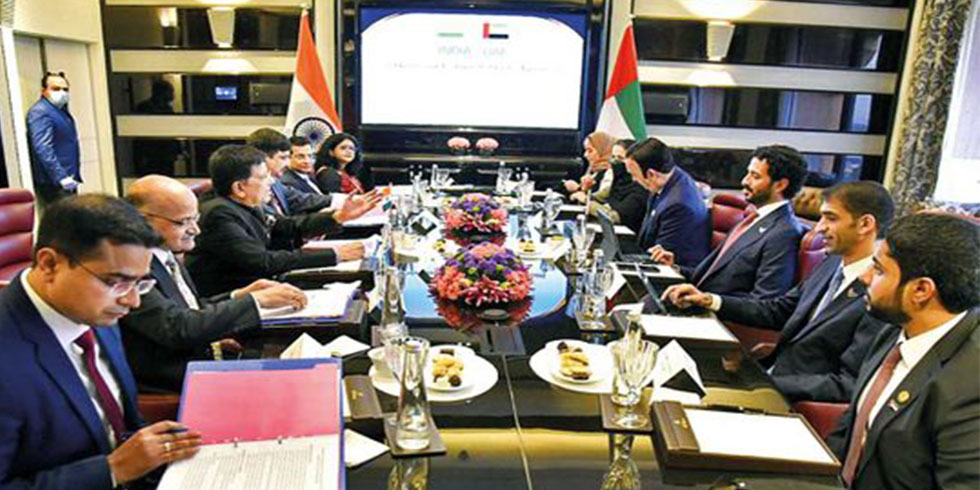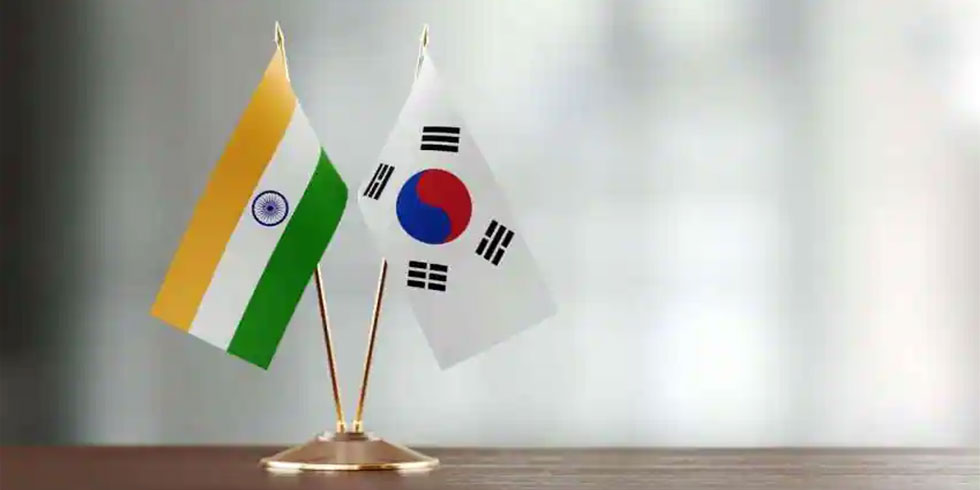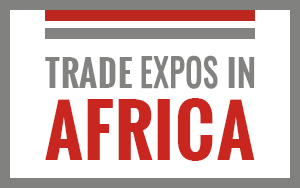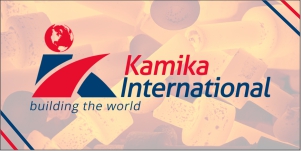Cash-rich Japan and investment-starved India may appear to be natural partners, but their full potential for capital ties and trade has yet to be realized.
A 2011 free trade agreement that looked to accelerate economic cooperation between the two nations has failed to live up to its promise, with trade between Japan and India still languishing at a 20th of the corresponding figure for Japan and China, and a quarter of the trade between India and China.
But the situation could change now that strongly pro-growth leaders are at the helm of each country. Japanese Prime Minister Shinzo Abe and newly elected Indian Prime Minister Narendra Modi are also known to enjoy a good personal chemistry.
To address the apparent failure to capitalize on the FTA, policy makers from both countries are considering launching a regular dialogue on the economy, as they seek to breathe new life into economic ties.
Japan still remains India’s third largest provider of overseas direct investment, but that infusion of capital has been shrinking over the last couple of years following a dramatic doubling in 2011 when many of Japan’s biggest names moved to build a larger presence on the subcontinent at the time of the FTA’s introduction.
But it seems many of those companies have still found it heavy-going doing business in India.
The No. 1 issue that needs addressing in India is bureaucratic red tape, says Hiroyuki Ishige, former vice trade minister and current chairman of Japan External Trade Organization, a government-backed trade promotion body.
“Japanese companies tell me that when they build a factory in India, they need a separate warehouse to store all the documents for regulatory filings,” Mr. Ishige said.
Local state governments have the authority to approve or disapprove foreign investment in India. In the eyes of Japanese, many Indian states do not enthusiastically seek foreign investment, especially compared with Chinese cities and state governments, which frequently send delegations to Japan to court Japanese investment.
“To absorb its growing workforce, India needs manufacturing investment,” Mr. Ishige argued at a symposium in Tokyo on Friday where other leaders of the two countries including Indian central bank chief Raghuram Rajan were present. Manufacturing industry tends to be labor intensive, and contributes to exports, and helps reduce India’s current account deficits, Mr. Ishige noted.
He noted how few Japanese people are located in India, compared with China, another indication of the relatively low level of interest, despite the huge potential size of the India market. A little over 7,000 Japanese live in India, far lower than the 150,000 plus living in China.
“This just means there’s a tremendous opportunity for growth,” Mr. Ishige said, while pointing out that Japan is just as much to blame as India for the present stunted economic ties.
Many Indian outsourcing companies find it difficult to crack into the Japan market, because Japanese companies prefer to be self-sufficient, says Eisuke Sakakibara, former vice finance minister and former director of Indian technology company Wipro. “Japanese companies are viewed as having a closed mentality,” he said.
Many Japanese companies have now been overtaken in the Indian market by their South Korean rivals. Mr. Rajan thinks the key for Japan to catch up is to work more closely with Indian companies. He offered an example.
An auto maker executive wanted to make an inexpensive car for the Indian market and turned to Japanese engineers. But he found their initial design over-engineered and too costly to sell in India. He then turned to local engineers, but found their designs unreliable. Then he put engineers of both countries together and was able to create a car that satisfied both the cost and safety requirements of the local market, Mr. Rajan said. He declined to name the auto maker.
Potential rewards for a closer partnership won’t be limited to the Indian market either, he added.
“One of the strengths of India is the Indian diaspora and connections especially in the Middle East and Africa,” he said. “Those new frontier economies could be very well exploited via India.”
Japan, India Look to Reenergize Economic Ties















Add Comment